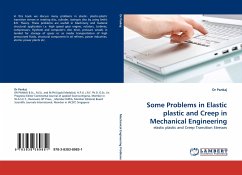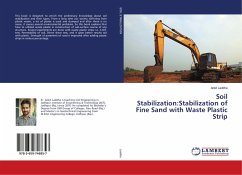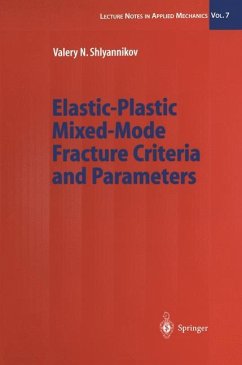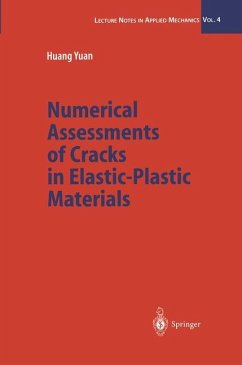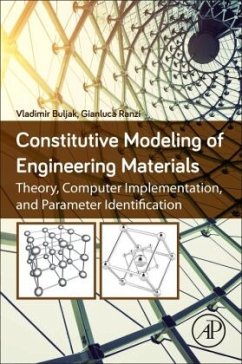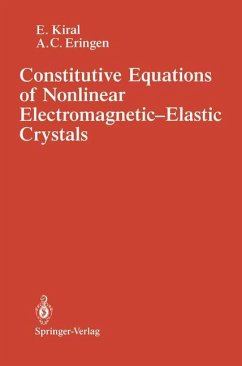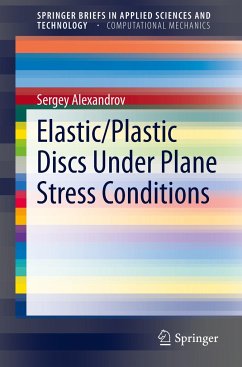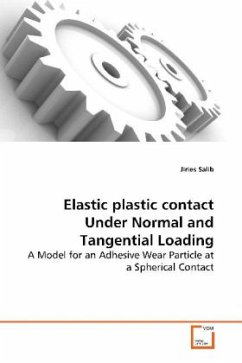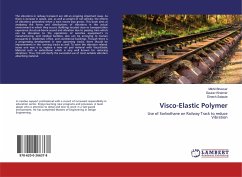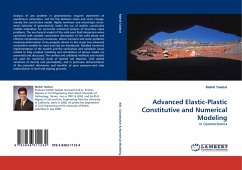
Advanced Elastic-Plastic Constitutive and Numerical Modeling
in Geomechanics
Versandkostenfrei!
Versandfertig in 6-10 Tagen
52,99 €
inkl. MwSt.

PAYBACK Punkte
26 °P sammeln!
Analysis of any problem in geomechanics requires statements of equilibrium, kinematics, and the link between stress and strain change, namely the constitutive model. Highly nonlinear and anisotropic stress-strain behavior of geomaterials makes the use of realistic constitutive models imperative for successful numerical analysis of boundary value problems. The mechanical model of the solid-pore fluid interaction when combined with suitable constitutive description of the solid phase and efficient computational procedures, allows transient and static problems involving deformation to be properly...
Analysis of any problem in geomechanics requires statements of equilibrium, kinematics, and the link between stress and strain change, namely the constitutive model. Highly nonlinear and anisotropic stress-strain behavior of geomaterials makes the use of realistic constitutive models imperative for successful numerical analysis of boundary value problems. The mechanical model of the solid-pore fluid interaction when combined with suitable constitutive description of the solid phase and efficient computational procedures, allows transient and static problems involving deformation to be properly solved. In this study two advanced constitutive models for sand and clay are introduced. Detailed numerical implementation of the models and the verification and validation issues related to fully coupled modeling and simulations of porous media are presented and discussed. The verified and validated methods and models are used for numerical study of layered soil deposits, with spatial variations of density and permeability, and in particular demonstration of the potential detriments and benefits of pore pressure-void ratio redistribution in level and sloping grounds.



